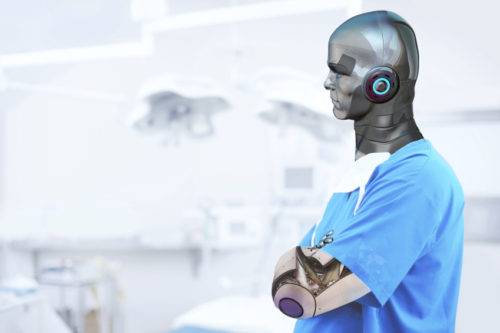Engineers and surgeons at the Children’s National Medical Center and Johns Hopkins recently disclosed a new robotics machine that could complete surgical tasks on soft tissue.
To show how it works, the team programmed the machine to suture together two ends of a pig’s bowel.
According to a report published in Science Translational Medicine, The Smart Tissue Autonomous Robot is able to sew more precisely and consistently than an experienced surgeon. “It is a really nice piece of work. They’ve managed to push the envelope” says Ken Goldberg, director of UC Berkeley’s Center for Automation and Learning for Medical Robotics, who was not one of the innovators of STAR.
See Also: Robots Will Never Rule The World—Just Improve It
STAR still has to depend on a surgeon to make the first incision, remove the bowel, and line up the parts before it initiates its autonomous suturing algorithm. What makes STAR special is that it can “see” inside the folds of soft tissue by using a special camera that searches for fluorescent biomarkers injected inside the tissue.
“When you drive a car you use cruise control. The same logic would apply for surgical technology,” says Peter Kim, a pediatric surgeon on the STAR team. STAR has been designed to complete various tasks such as cutting and cauterizing, and the plan is that it could be used for surgeries such as removing an appendix, with supervision.
Any OR robot still needs to prove itself to surgeons
For this concept of robotic assistance in the operating room to be widely accepted, doctors still need to be in the picture. If the technology behind STAR is going to enter the operating room any time in the near future, it will most likely be integrated with an existing platform, according to Kim.
There are already some popular devices used by surgeons, such as Intuitive Surgical’s creation, the da Vinci Surgical System for minimally invasive surgery, whose large metal arms are controlled by a surgeon sitting in a booth.
Mazor Robotics designed a robotic system that locates where surgeons should insert bone screws into a spine. It has the ability to drill the holes as well, but surgeons were not comfortable with that idea, choosing to drill the holes themselves.
The concept of Medical Robotics is slowly being accepted by doctors and surgeons. In the near future, we may see the amount of time needed for operations greatly reduced.






















